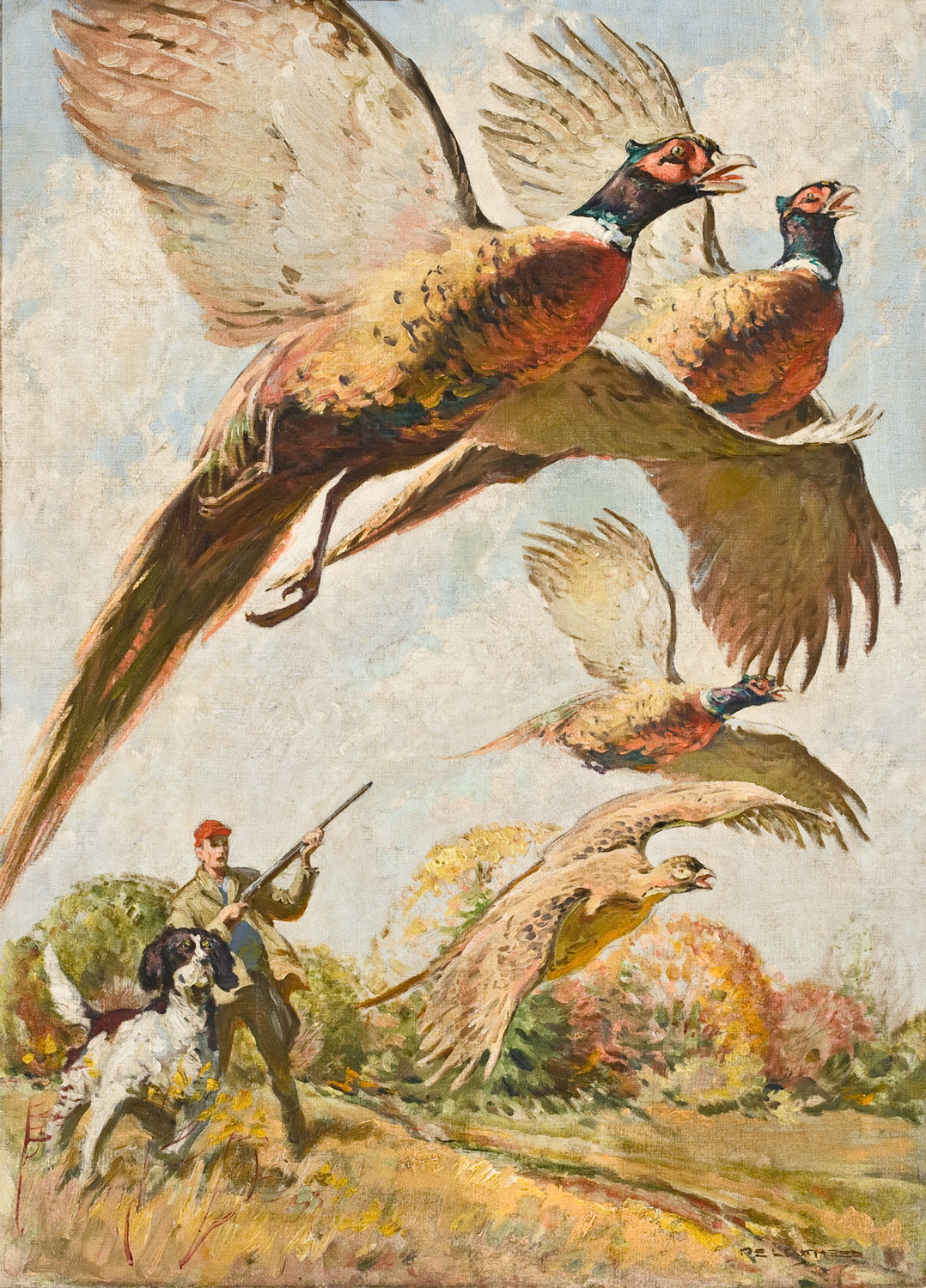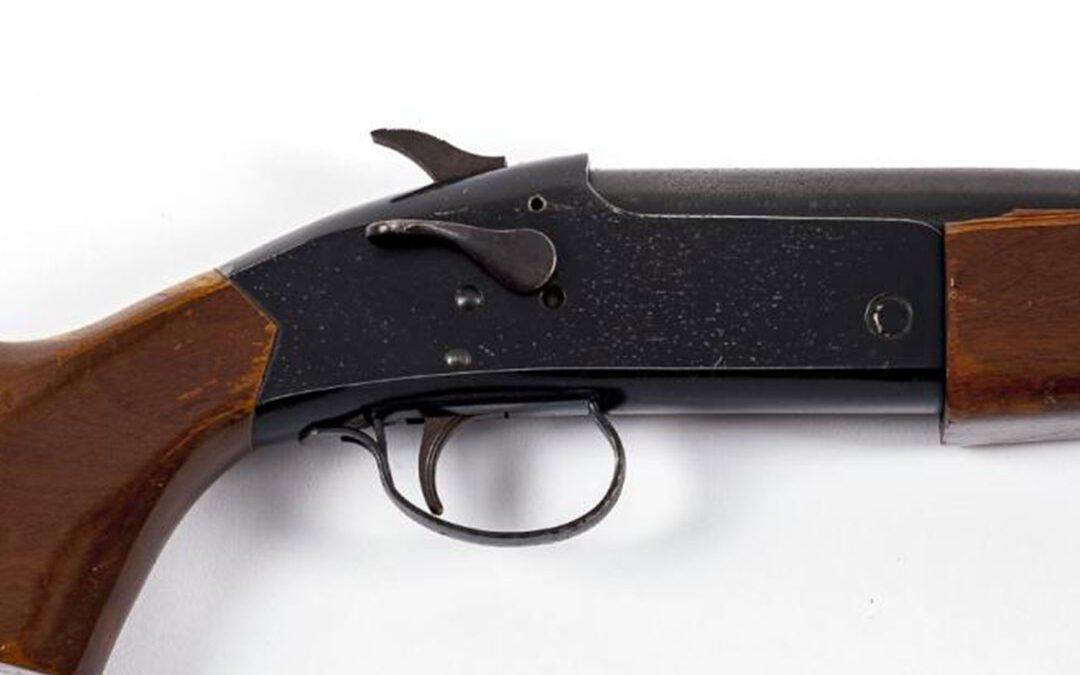My very first shotgun was a single-shot break-open Springfield 20-gauge. I have no recollection whatsoever about its choke or even its barrel length. For a long time, it was the only gun that I had, and I shot everything available with it. I honestly don’t remember when I got it, but if I had to hazard guess, I’d say that it appeared some time in the early-to-mid-1950s, because I do know that it predated the acquisition of my grandfather’s beautiful Lefever side-by-side by several years. Papa passed the Lefever on to me around 1958 when I was 12. At that precise moment, I fell in love with long, lean, sensuous side-bys that balanced well and swung clean, and I never looked back. That was a while ago, but I remember hunting with the little Springfield for several years and it taught me a world of good stuff about “shooting flying.”

In that long ago time, a break-open single was considered standard equipment for a young, beginning shooter, and with good reason. First, they were cheap. Second, they were cheap to shoot. In those days, shells didn’t cost much, and it took a young fellow a long time to shoot up much money when he had to do it one shell at a time.
Its greatest virtue, however, was that it forced me to learn how to make a shot count. Then, as now, not many folks got any real training on how to hit a moving object with a bullet or a charge of shot. As a result, the most common technique that I see in the field is what I call the “spray and pray” method. Apparently, the idea is to take a semi- or pump-action and try to fill the air so full of lead that, at least once in a while, a bird runs into a pellet or two by pure chance. The problem is that there’s a lot more air out there than bird.

The best way to learn how to shoot flying targets is to keep it simple. In fact, it reminds me of a comment that Earnest Hemingway once made about writing. “Hem” was once asked what was the most important thing he had learned from his years as a reporter. His answer was that it had taught him how to write a simple declarative sentence. It’s painfully simple, but anyone who has learned very much about writing knows that it’s key to communicating effectively.
By the same token, if you happened to ask me what was the most important thing that I learned from my apprenticeship with the single-shot shotgun, it’s this—it forced me to learn how to make one shot count. Simple, huh? Yep, but it’s true. You can’t effectively make use of three shots, or 10 or 20 or 100, if you can’t make a single shot find its mark. And anybody who knows much about “shooting flying” knows that it’s true.
I think we’d all be much better shots if we did a modest apprenticeship with a single-shot shotgun. The same is true of rifles. I guess that knowing that you only have one opportunity just helps avoid distractions. Not worrying about which bird to shoot next allows you to concentrate on the task at hand. Get yourself balanced, with your lead-foot slightly forward, and mount the gun properly. If you get that far and everything is properly aligned, then you can focus intently on the target, swing a little ahead and follow through while pulling the trigger when it feels right.
The only way to learn when it feels right is through experience. If the bird falls, it’s right. If the bird doesn’t fall? Then it’s wrong. In time, your subconscious memory bank of successful shots will start to take over and tell your trigger finger when it’s time to do its thing. Again, it’s incredibly simple, but it works. Only when that simple stroke is firmly imprinted on your subconscious brain do you need to think about multiple shots. It seems to me, from working with innumerable new shooters, that they do that more quickly when they’re not distracted by trying to shoot multiple times.
The only hard part about learning to shoot this way is learning that the second shot—and the third—are accomplished the same exact way. Let’s put it another way—even in the case of a rare triple on birds, the feat is actually accomplished by three separate “single” shots. To carry the theme to its extreme extension, I know a couple of excellent shots who dismount the gun between each shot. No matter what the circumstances! They re-mount the gun for the next shot to be absolutely certain that they do it right. It may sound awkward, but both of them are absolutely deadly field shots.
A few years ago, I was at an opening-day dove shoot with one of these guys. It was hot and dry with little “dirt devil” whirlwinds cutting the field of closely cropped corn during the afternoon. It was a fantastic shoot with lots of birds twisting, turning and diving around with their afterburners on, as mourners will. When the sun began to sink, we met at mid-field to compare our bags. My friend revealed that he had his 15-bird limit. When each wave of birds came over, he politely killed one bird, walked straight to it, and made the retrieve. He had 10 shells left from his only box of shells! I had 10 or 12 birds—which is pretty good for me. The punch line to the story is that he had never dirtied his second barrel. Each of them was killed with one good shot! And if you’re really good, that’s the way it’s done.
The same principles apply to rifle shooting, by the way. Kills are not often made with barrages. They’re made by a single, good shot in the right place. That point was impressed upon me many years ago when I took down a pair of whitetail bucks that were running together—chasing the same doe, of course. The rifle was a battered old Ruger No. 1 in 30-’06 Springfield that I’d hunted with for a long, long time and I had adopted the habit of carrying extra rounds in loops on my belt where they could be accessed easily and quickly.
I was hunting the big open hardwoods along Goosepond Creek. The centuries-old oaks surrounding the big swamp were colossal, and their lower limbs were up to 50 feet off the ground. There were places where I could see up to 150 yards. It was November, the heart of the rut and I was slowly still-hunting along when I heard them coming. I took the first, a nice eight-pointer coming head-on. When the shot broke, he tumbled head over heels about 50 yards out in front and the second veered off, crossing to my right at about the same range. He tumbled to a single shot, as well. To this day, I don’t remember reloading. The point is not that I’m a great shot, because I’m not. The point is that game is best taken by your first and only shot, and that learning to place a single shot in the right place is a good thing.
I guess that if I were the world’s gunning instructor, I’d have everybody apprentice with a single-shot gun for four or five years before they even attempted to use a double or repeater. Never forget that the first shot is the best one you’re going to get, and you’d best make it count, ’cause after that, things go to hell real fast!
This article originally appeared in the 2021 Guns & Hunting issue of Sporting Classics magazine.

